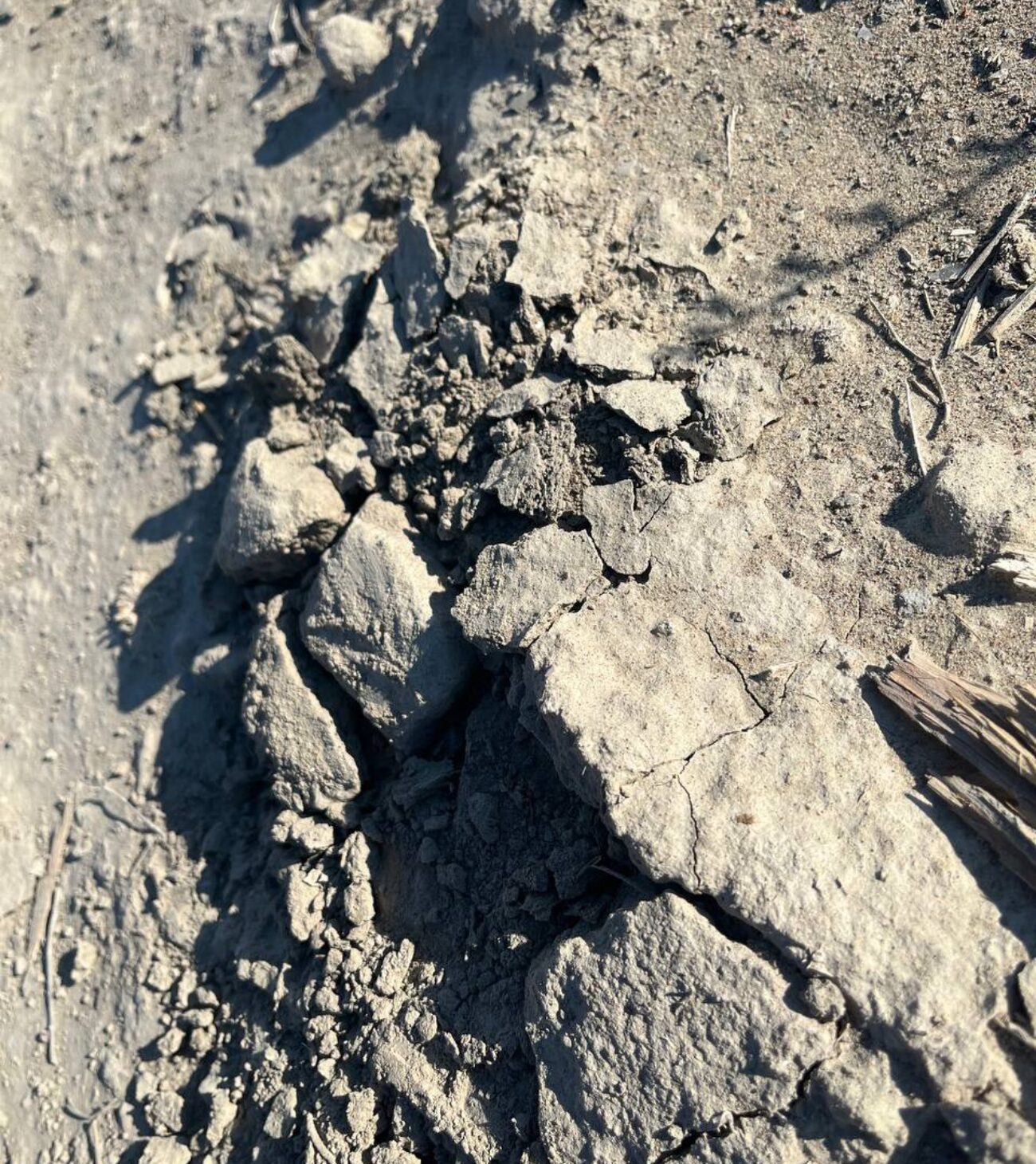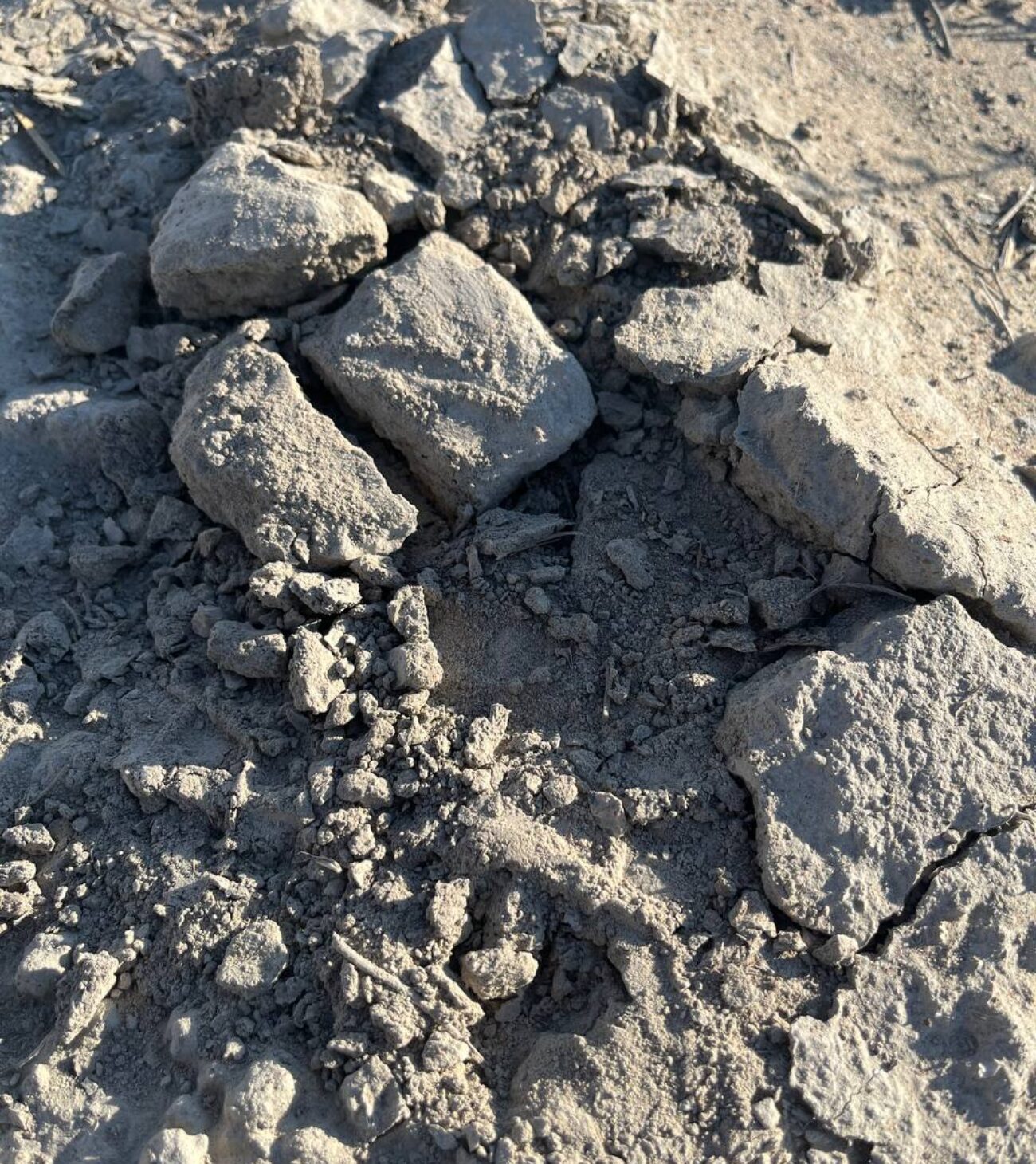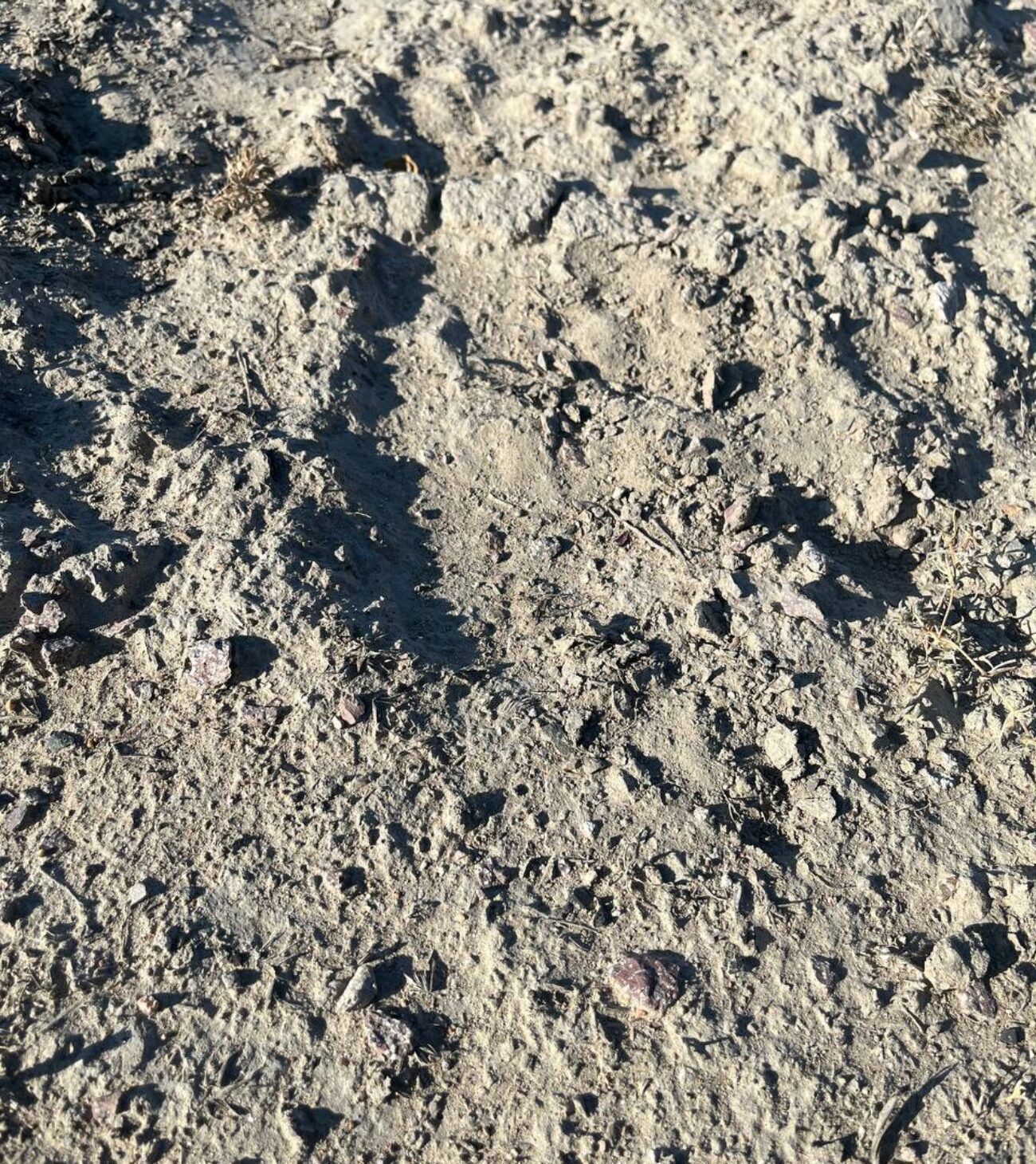The expectations that degraded soils can be recovered rapidly are groundless, scientists say. Even contemporary methods of soil recovery cannot always recover the soil to its original state.
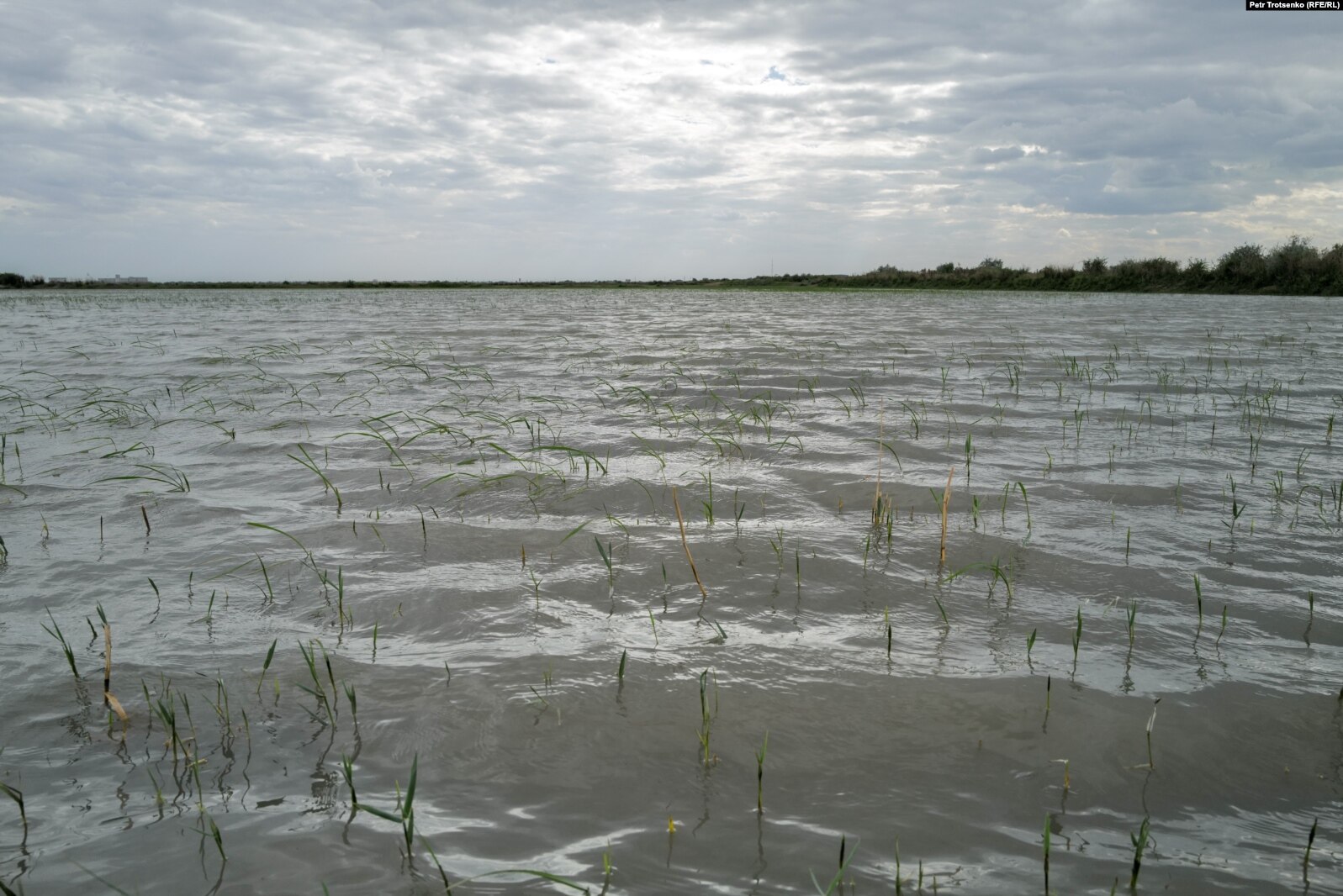 Rice fields in the Syrdarya floodplain. Kyzylorda region. Illustrative photo: azattyq.org
Rice fields in the Syrdarya floodplain. Kyzylorda region. Illustrative photo: azattyq.org
Maria Ibraeva, leading researcher of Kazakh Research Institute of Soil Science and Agricultural Chemistry named after Uspanov in Almaty, and soil scientist Dauren Kaliaskar, PhD student at the University of Alberta, Canada, speak about what happens to soils in the irrigated regions of Kazakhstan. They emphasise such key problems as secondary salinization, water deficit and depletion of nutrients. CABAR.asia reviews how these processes affect the soil and what should be done to stop degradation.
Water waste and secondary salinization
One of the serious problems for irrigated soils of Kazakhstan remains secondary salinization, according to Maria Ibraeva (primary salinization is the natural salinization – author’s note). Paradoxically, the reason for salinization is the irrational use of irrigation water.
Currently, over 75 per cent of farming lands of Kazakhstan are exposed to degradation, including erosion, exhaustion and salinization. About 90 million hectares are considered vulnerable to erosion, while 29 million hectares have already suffered. 20 per cent of lands have degraded in the country.
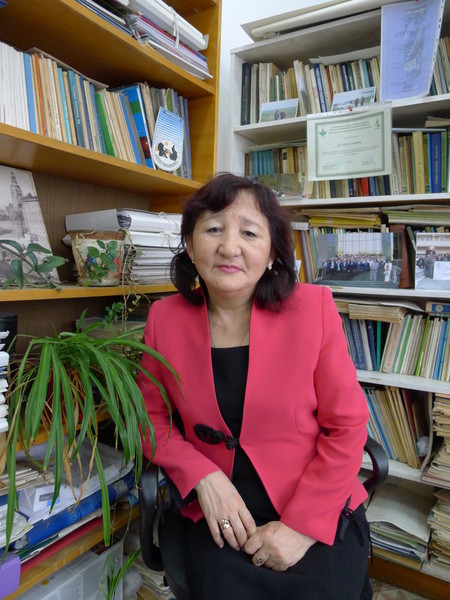
The excessive use of water for irrigation and improper organisation of drainage systems lead to the mixing of irrigation water and mineralised groundwater, accumulation of salts in the upper soil layers, thus reducing crop yields. Salinization makes the land less suitable for agriculture, forcing farmers to leave their fields, the scientist said.
These plots gradually accumulate salt and develop saline lands, which grow with halophytes, i.e. plants that grow on highly saline soils, and just like the dried bottom of the Aral Sea, become sources of soil transfer. The wind distributes salts to neighbouring plots, thus aggravating the overall situation in the region.
The excess use of water also leads to depletion of nutrients – another serious threat to irrigated lands. The excess water in the soil washes off such important elements as nitrogen and organic substances needed for plant growth. It depletes the soil and reduces its fertility.
Ibraeva suggests using rational methods of irrigation such as drip irrigation, which allows feeding water right to plant roots, thus avoiding the excess use of resources. It is especially important amid climate change and limited access to water.
Is rice to blame for everything?
Up to 78 per cent of all irrigated lands of Kazakhstan are located in five southern regions of the country: Zhetysu, Almaty, Zhambyl, Turkestan, Kyzylorda regions. The latter is the largest centre of rice cultivation in Kazakhstan. The region has large areas of irrigated lands, where rice is the main crop and occupies nearly 80 thousand hectares of crop areas. Rice is also cultivated in Zhetysu and Almaty regions, to a lesser degree, though.
The cultivation of rice requires fields totally filled with water, as the layer of water contributes to salinization of upper horizons of soil. So, rice is often used as a soil-improving crop.
For this reason, the radical change of this crop with another one can lead to the secondary salinization of soil and irreversible degradation of soils, Maria Ibraeva warns.
Along with the improvement of irrigation systems and cost-effective use of water, work with salt soils includes cultivation of salt tolerant plants, which can bear high levels of salt in the soil, and also absorb it from the soil, thus reclaiming it.
Soil in Bakanas village, Balkhash district, Zhetysu. Photo: CABAR.asia
Vegetative improvers contain rice, some legume crops, and others. They can not only reduce salinization, but accumulate nitrogen, thus improving the soil structure and increasing biological activity of microorganism in soil.
The latter is especially important for humus, a key element of soil ecosystem, which ensures its health and fertility.
500 years for soil restoration
Humus develops for millennia, but can be lost just in few years of improper crop farming.
The expectations that degraded soils can be recovered rapidly are groundless. Even contemporary methods of soil recovery cannot always recover the soil to the state, which it used to have before crop farming.
“Reclamation, i.e. soil restoration, helps only to make the soil have its previous functions, but it is almost impossible to restore it to the state it used to have before tillage,” Dauren Kaliaskar said. It could take 100 to 500 years to restore the carbon balance in soils after their intensive use, Kaliaskar explained. The process cannot be accelerated even by cutting-edge technology.
“For example, even on former farmland undergoing restoration in Canada, some native plant species return 40-50 years after the beginning of steppe recovery,” said Kaliaskar.
Speaking of humus, Ibraeva noted the importance of fundamental researches in soil science.
“What are they? They say, humus is important, but in fact, it is the humus condition of the soil that matters. In other words, it is not about the amount of humus, but of its components such as enrichment with nitrogen, calcium, degree of humification, content of non-hydrolysed residue, allows evaluating various soils at a more specific agronomical level,” the scientist said. The indicator of humus quality is composed of a dozen of criteria, and its quality may vary from region to region.
“For instance, a medical worker sees normal indicators of general test when diagnosing a disease, but the patient has some complaints. Then, a more substantive and spot analysis is required. The same is with humus: it is available in the required amount, generally speaking, but what quality does it have? This is what is important,” Ibraeva said.
Update on soil data – a national security issue
In this regard, Dauren Kaliaskar point out another significant issue for the soil science of Kazakhstan – a lack of relevant data and researches. Many fundamental researches of soil have not been updated since the Soviet time, and some soil maps of Kazakhstan became obsolete long ago. It creates problems for agrarians who cannot use the real data to plan efficient land utilisation.
This, in turn, is due to the underfunding of soil researches.

“Soil science is an expensive science that requires heavy financial expenses. Soil examinations require field trips, sampling, tests. They are all expensive and require constant funding,” said Dauren Kaliaskar.
He emphasises the need for active participation of the state in strong support of the agricultural sector and scientific researches.
Maria Ibraeva, who is involved in field researches in the regions, addressed the problem of soil data deterioration in the country. No innovative technologies can be developed for agrarians’ needs Without fundamental researches.
“This is not a problem of particular institutions, a state programme is needed here,” she said. The scientist said that 10-15 years of work is needed to update the soil map and a long-term project is another issue that becomes an obstacle for funding. Currently, her colleagues of the Kazakh Research Institute of Soil Science and Agricultural Chemistry work partially on the maps and get funding from international organisations. In cooperation with local farmers, scientists carry out soil tests in the fields of Turkestan region.
Besides, regional departments of land resource management of the Ministry of Agriculture partially collect and analyse soils locally. However, this data is not enough.
“It is impossible to create effective strategies of crop farming management without the data update,” Dauren Kaliaskar emphasised.


